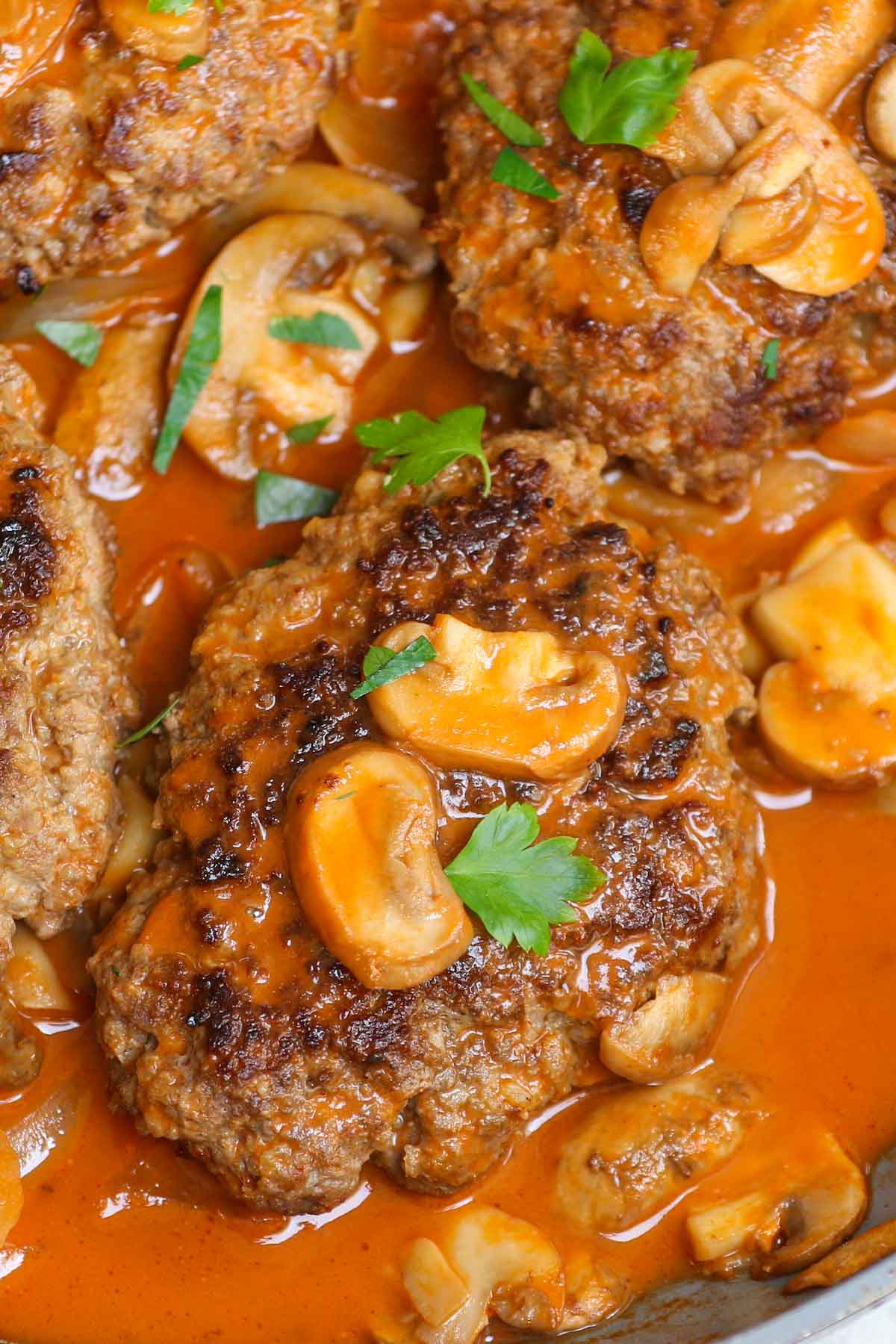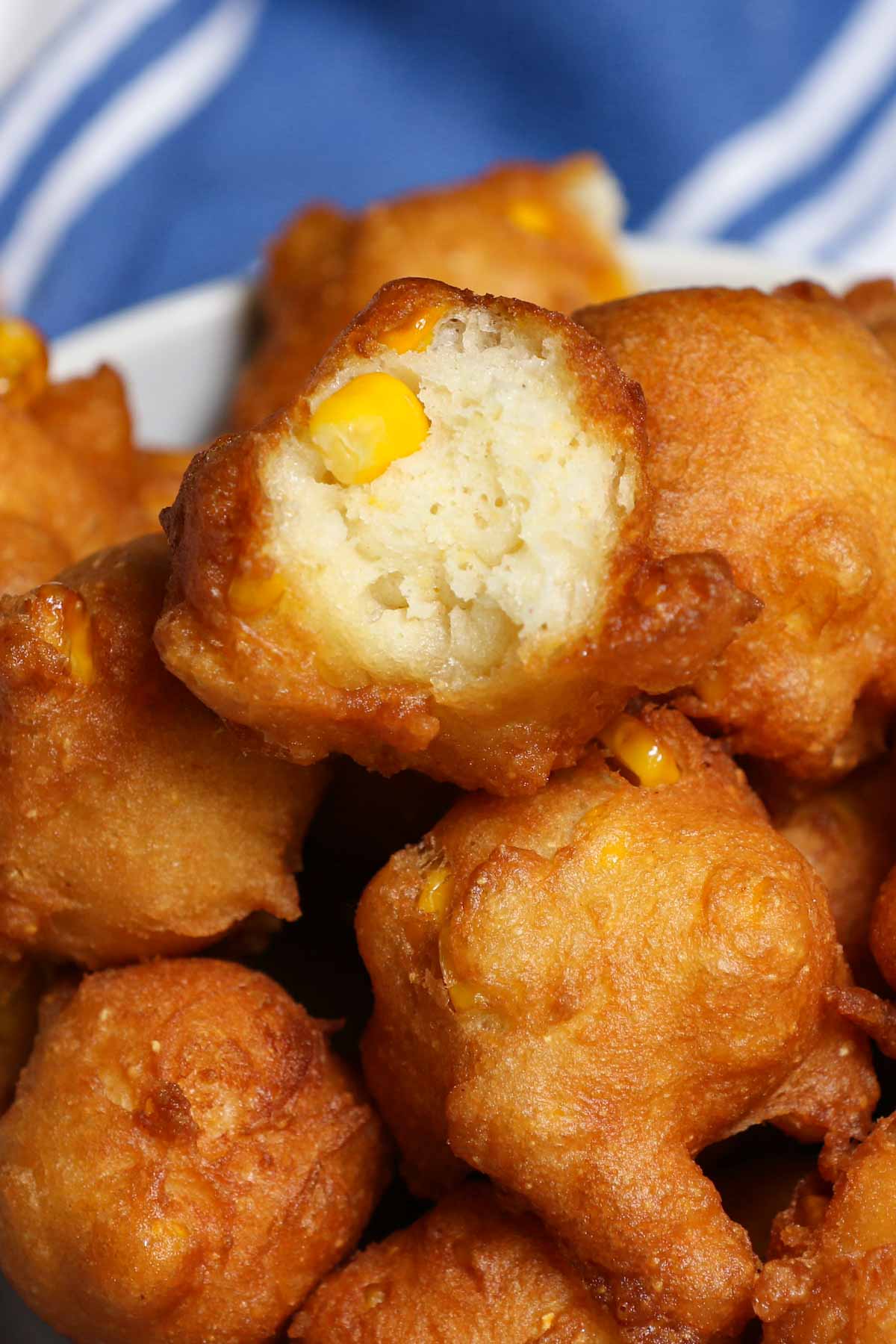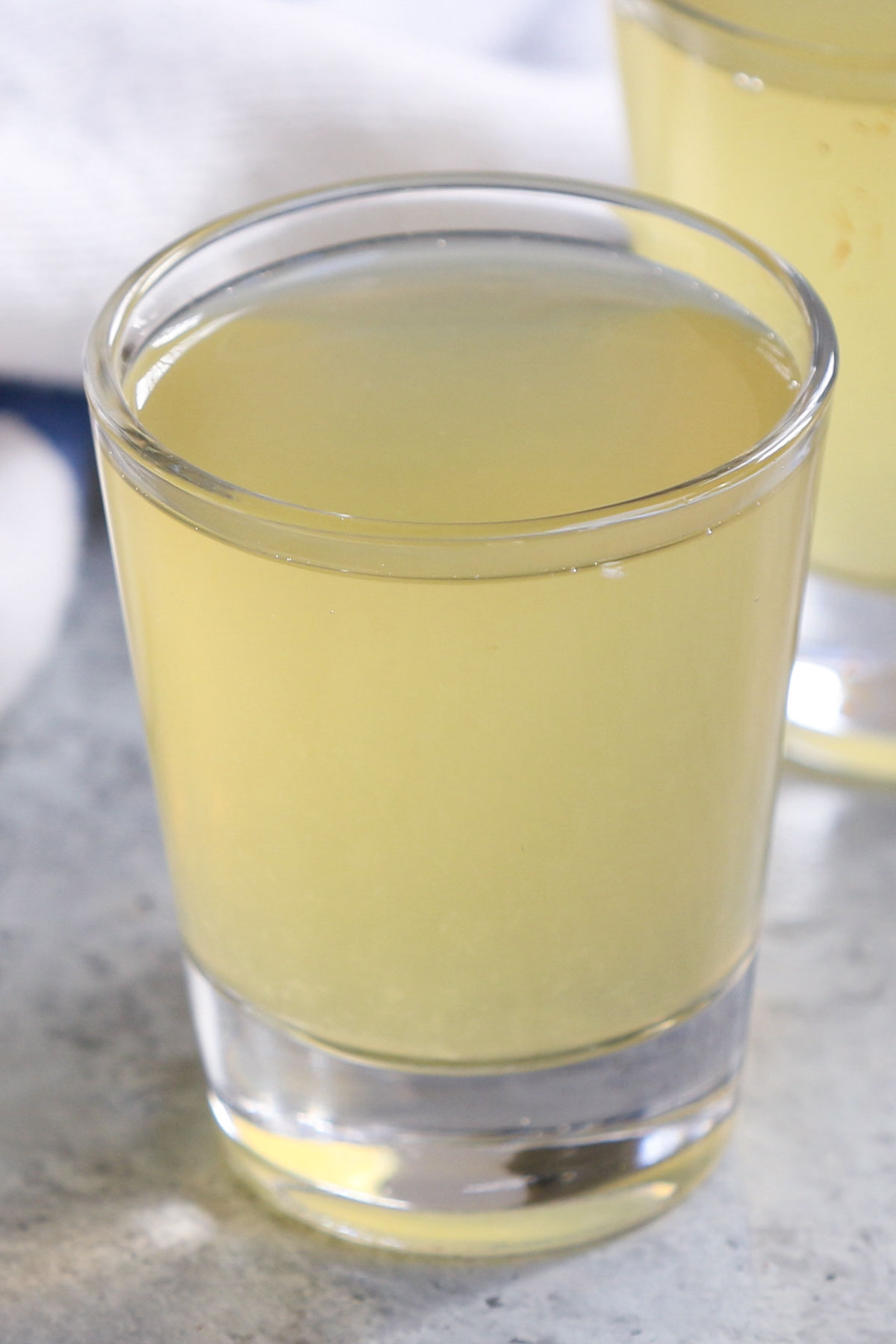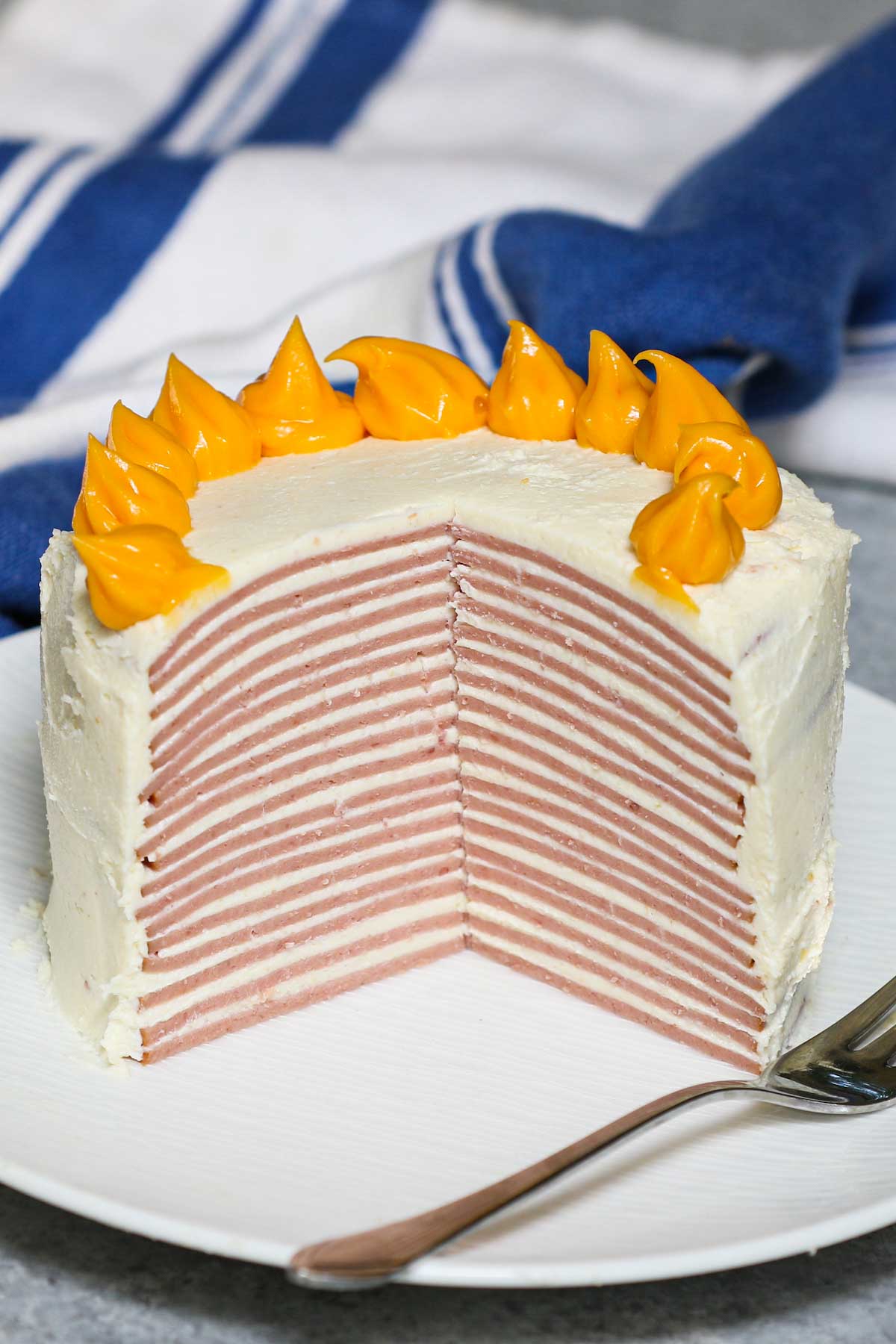Lamb Internal Temp (+ Temperature for Lamb Chops and Other Types of Lamb)
on Feb 03, 2023
This post may contain affiliate links. Please read my disclosure policy.
The best lamb internal temperature will give you tender and juicy meat while also ensuring food safety. We’ve got you covered with tips and tricks including how to get an accurate lamb internal temp reading.
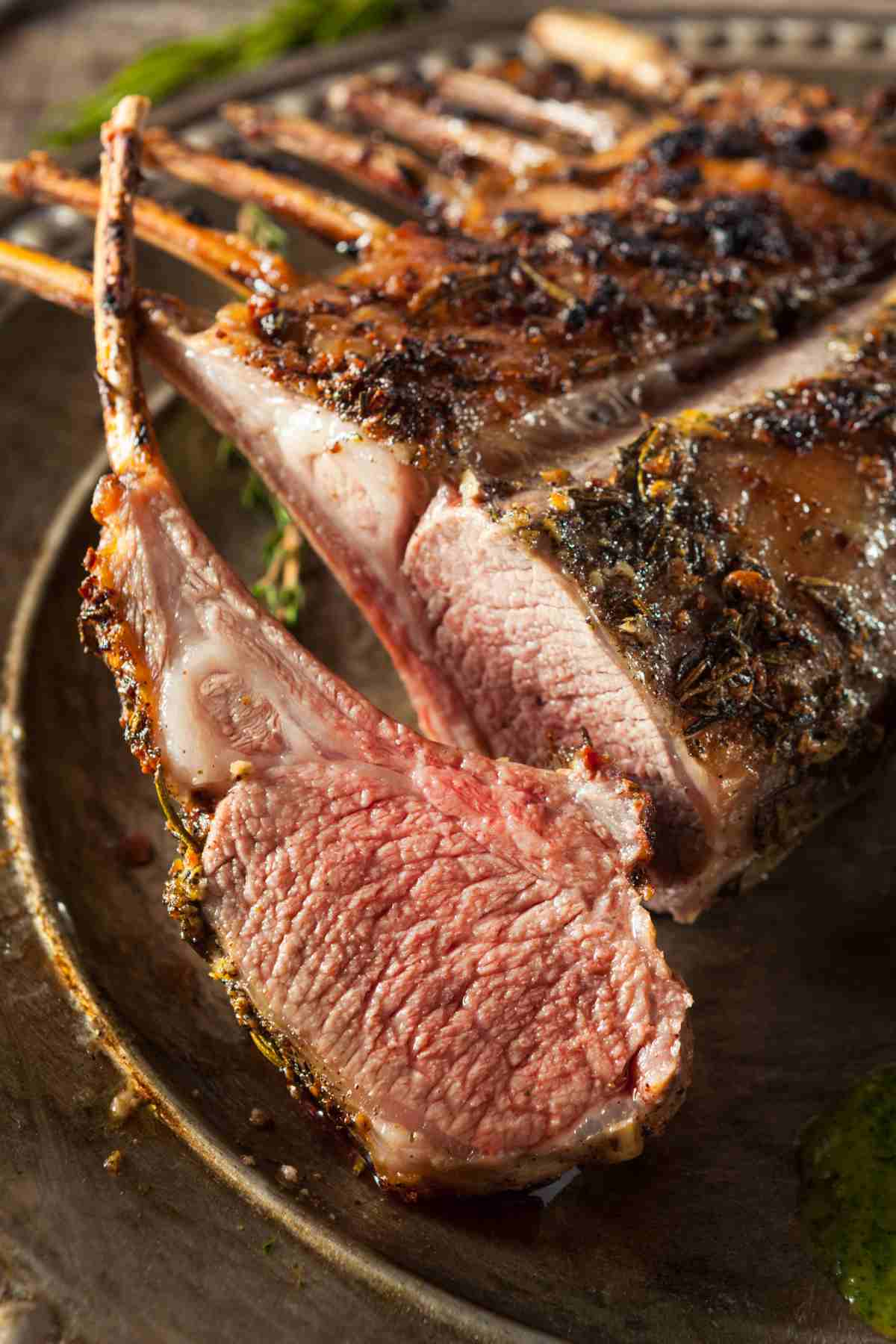
We all want lamb with the best flavor and texture, whether it’s lamb chops, a rack of lamb, a leg of lamb, lamb shanks or a lamb steak. Get it just right every time with our handy guide below!
Lamb Internal Temp Chart
The USDA indicates that 145°F is the safe internal temp for lamb to remove from the heat and that a 3-minute rest is required before serving; further, ground lamb should reach 160°F.
However, this corresponds to medium-well doneness, which is beyond what many people enjoy. Therefore, you may prefer one of the donenesses below:
| Lamb Doneness | Description | Internal Temp (Remove from Heat) | Internal Temp(Final) |
| Rare | Cool red center | 115°F (43°C) | 120°F (49°C) |
| Medium rare | Warm red center | 125°F (52°C) | 130-135°F (54-57°C) |
| Medium | Warm pink center | 135°F (57°C) | 140-145°F (60-63°C) |
| Medium well | Pale pink center | 145°F (63°C) | 150-155°F (66-68°C) |
| Well Done | Little or no pink | 150°F (66°C) | 155-160°F (68-71°C) |
Note that the lamb internal temp keeps rising after cooking. For smaller cuts like lamb chops or a rack of lamb, the temp will typically rise another 5°F. However, for a larger cut like a leg of lamb, it can rise as much as 10°F.
Consequently, you should plan for the temp to keep rising. The only exceptions are for low temperature cooking methods like smoking and for ground lamb. The internal temp won’t rise much if at all in these cases.
Lamb Internal Temperature: Medium Rare
Lamb medium rare will get you similar texture and taste to the rare level, but the meat will be a little more colored and fuller in the center. It’s less raw than rare lamb without the risk of being chewy when medium well or well done. You can still expect some blood and juiciness in medium rare lamb.
The internal temperature for medium rare will be 125°F upon removal from the heat source and 130 to 135°F after resting.
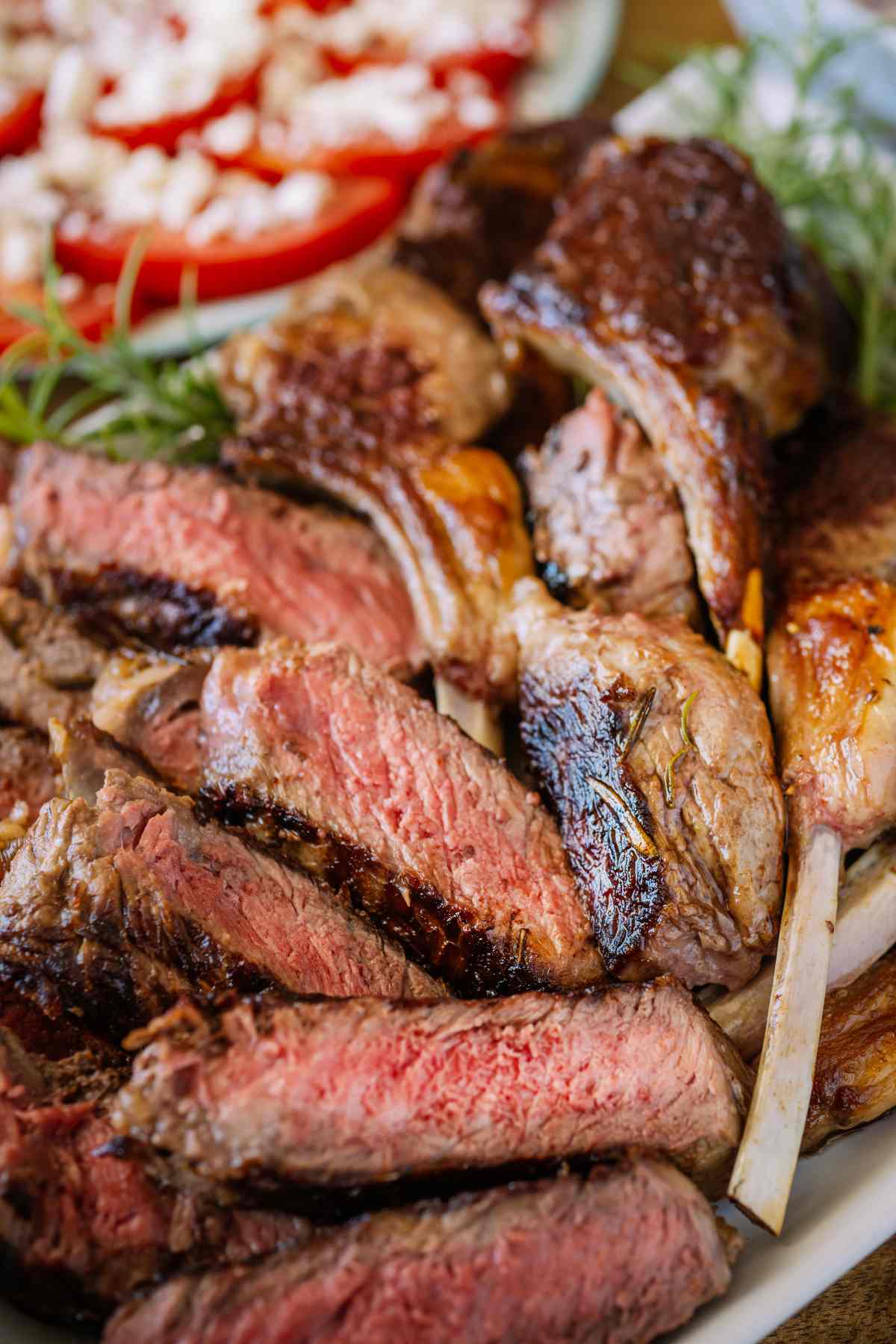
Lamb Internal Temperature: Medium
Medium is perhaps the most popular doneness for lamb with a warm pink center. While it’s less juicy than rare lamb, there won’t be any remaining blood either. Medium lamb is still moist and tender as well.
The internal temperature for medium lamb will be 135°F upon removal from the heat source and 140 to 145°F after resting.
Lamb Internal Temperature: Well Done
Well done is the highest level of doneness for lamb. The meat will have little or no pink color left and the texture will undoubtedly be chewier. That being said, fattier lamb cuts like rib chops can still be quite enjoyable when well done. The risks are greater for lean cuts like a leg of lamb.
The internal temperature for well done lamb will be 150°F upon removal from the heat source and 155 to 160°F after resting.
How to Measure Lamb Internal Temp
A meat or instant-read thermometer is your best bet for determining the temperature of your lamb. Insert it into the thickest part of the meat away from the bone, which can lead to incorrect readings.
For larger cuts of lamb, you can also use a dual-probe wireless thermometer that remains in the meat throughout cooking for added convenience. It will beep when the lamb has reached your desired temperature.
Lamb Cooking Temperatures and Times
Here are some guidelines for different ways to cook lamb with corresponding cooking temperatures and times:
| Lamb Cut | Cooking Methods | Cooking Time (Approx) |
| Lamb Chops | Roast at 425˚F Grill at 425˚F Broil in oven Pan Sear | 8 to 12 minutes |
| Bone-in Lamb Leg | Slow roast at 325˚ F | 20 to 25 minutes per pound |
| Boneless Lamb Leg (Rolled) | Slow roast at 325˚ F | 30 to 35 minutes per pound |
| Lamb Shoulder Roast | Slow roast at 325˚ F | 25 to 30 minutes per pound |
| Lamb Cubes for Kabobs | Marinate and broil or grill | 8 to 12 minutes per pound |
| Lamb Shanks | Braise | 1 to 2 hours |
| Lamb Stew Meat | Braise | 1 ½ to 2 hours |
| Lamb Burgers | Pan Fry Grill Roast at 425˚F | 6 to 8 minutes(4-oz patties) |
Note that there are many different ways to cook lamb, so don’t feel limited by the approaches above. The main thing is to check the internal temp of the lamb to avoid overcooking!
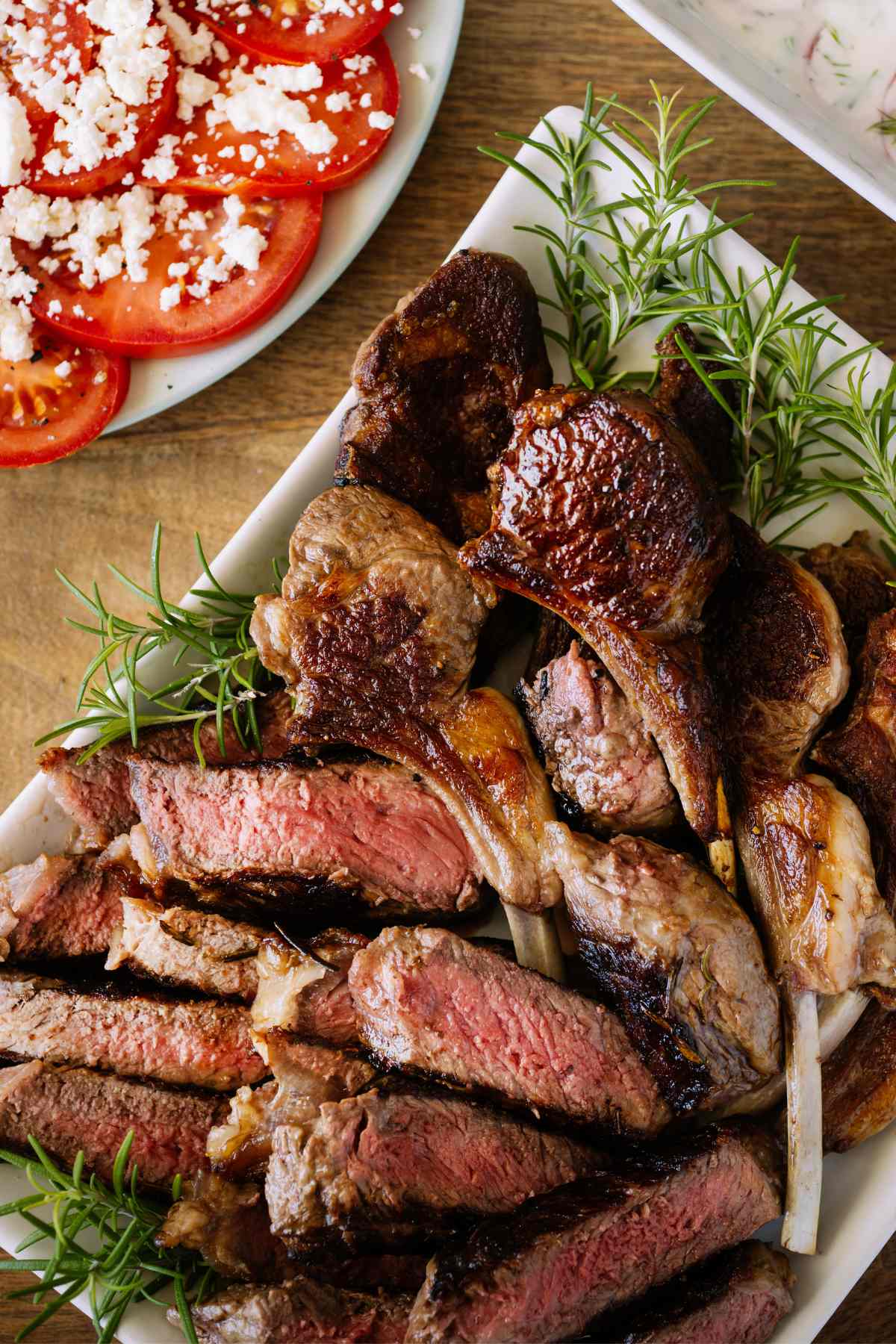
Tips and Tricks for Cooking Lamb
- Remove Ahead of Time: Remove the lamb from the fridge 30 to 60 minutes ahead of time to take the chill off. This will promote more even cooking for more tender meat.
- Rest After Cooking: This important step allows the juices to redistribute through the meat after cooking for more tender meat. If you cut into it right away, juices will leak out leading to chewier meat.
- Use a thermometer: There is no substitute for using a thermometer to accurately gauge doneness.
- Cut against the grain: For large cuts like a leg of lamb, strive to carve it against the grain with a sharp carving knife. This will produce more tender slices by cutting through any gristle that may be present.
FAQ
What is the Best Temperature to Cook Lamb?
Lamb is generally well-suited to high-temperature cooking. You can roast smaller cuts like lamb chops in a 400-450°F oven to form a nice brown crust. Larger cuts like a lamb leg or shoulder roast should be roasted low and slow at 325°F to render the fat and allow the lamb to cook through.
Can you Eat Lamb at 135 Degrees?
The USDA recommends that lamb should be cooked to 145°F (63°C) and then allowed to rest for 3 minutes before eating. This is for food safety reasons; however, many cooks recommend that lamb be enjoyed at medium though, which is 130-135°F. If you want to eat it at 135, always ensure the lamb is very fresh and from a reputable source to minimize any risk.
You May Also Like
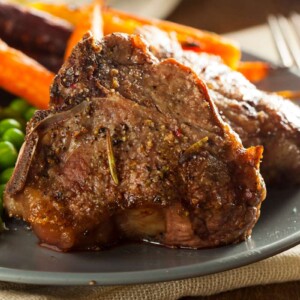
Lamb Internal Temperature (Easy Lamb Recipe)
Ingredients
- 3 pounds lamb loin
- salt and pepper to taste
- 2 tablespoons olive oil
- 2 tablespoons butter, unsalted
- 4 garlic cloves, sliced
- 1 tablespoon chopped fresh thyme, or dried thyme
- 1 tablespoon chopped fresh rosemary, or dried rosemary
Instructions
- Pat meat dry with paper towels and season both sides generously with salt and pepper.
- Heat oil in a pan over medium-high heat. Brown the lamb on both sides, about 2 to 3 minutes per side.
- Reduce to medium-low heat and toss in butter, garlic, thyme, and rosemary.
- Cook for an additional 10 minutes or until an instant-read thermometer reads 145°F. Enjoy!
Nutrition information provided is an estimate only and will vary based on ingredient brands and cooking methods used.
